 A brief history of St. Kilda Island
A brief history of St. Kilda Island http://en.wikipedia.org/wiki/St_Kilda,_Scotland
The song, says Fraser, humorously told of the marriage ritual on St. Kilda before a permanent church was established there. According to the notes on Ossian's album, the last wedding that took place in St. Kilda was in 1926, for the remote island was evacuated in 1930. Fraser sneers that the tune is "murdered" in Macdonald's collection, while his father's set corresponds "with that of Miss Macleod of St. Kilda, now in Edinburgh." Christine Martin (2002) says the strathspey “St. Kilda Wedding” is often played as a reel. Sources for notated versions: Francis MacDonald (b. 1940, Morell Rear, North-East Kings County, Prince Edward Island) [Perlman]; Winston Fitzgerald (1914-1987, Cape Breton) [Cranford]. Cranford (Winston Fitzgerald), 1997; No. 93, pg. 39. Fraser (The Airs and Melodies Peculiar to the Highlands of Scotland and the Isles), 1874; No. 7, pg. 3. Hunter (Fiddle Music of Scotland), 1988; No. 251. Johnson (The Kitchen Musician's No. 10: Airs & Melodies of Scotland's Past), 1992 (revised 2001http://www.ibiblio.org/fiddlers/ST..htm
 Ossian are a Scottish traditional music group, formed in 1976.
Ossian are a Scottish traditional music group, formed in 1976. 
The initial line-up brought together Billy Ross and former members of the group Contraband, Billy Jackson, John Martin, and George Jackson. One of their earliest gigs was at the 1976 Kinross Folk Festival.
Each of the members was a multi-instrumentalist and singer. Their arrangements of songs, slow airs and dance tunes were meticulous, almost a chamber music approach to Scottish Music. They sang in both English and Gaelic. Billy Jackson's wire-strung harp, the clarsach, featured in most pieces but he also played Uilleann (Irish) pipes and whistles. John Martin, who played fiddle and cello went on to become a member of The Tannahill Weavers. George Jackson (brother of Billy) played guitar, cittern, mandolin, fiddle, whistle and flute. Billy Ross was the main singer who played guitar, dulcimer and whistle.
Their first two LPs were remarkably popular and influential; Ossian (1977) and St Kilda Wedding (1978). Like Iona, a similar band, their albums sold well in specialist Christian rock shops. Billy Ross left the band and was replaced by Tony Cuffe as lead vocalist also playing guitar and whistle. Iain MacDonald joined playing highland pipes, flute, whistles and Jew's harp. They broke up in 1989, but reformed in 1997.(From Wikipedia, the free encyclopedia)
 http://en.wikipedia.org/wiki/Ossian
http://en.wikipedia.org/wiki/Ossian
Ossian, named after the legendary 3rd century Celtic bard and folk hero, was formed in 1976, and this was their first ground-breaking album of Scottish / Celtic music. The band went on to record a series of albums on their own Iona label. All four members of the band were from Glasgow, but George and Billy Jackson were both of Irish extraction and they developed a taste for Celtic traditions on the family croft in the Donegal Gaeltacht. John Martin comes from a long line Aberdeenshiure fiddlers and still plays the fiddle owned at one time by his Grandfather. Billy Ross has his roots in Skye, and from this background he inherited his love of Gaelic song.
The band play a wide variety of mainly Scottish traditional music ranging from their lively jigs and reels to the plaintive 'Oh My Country', a sad tale of an emigrant from Uist who arrives in Manitoba to find a cold and hostile land.
The band play a wide variety of mainly Scottish traditional music ranging from their lively jigs and reels to the plaintive 'Oh My Country', a sad tale of an emigrant from Uist who arrives in Manitoba to find a cold and hostile land.
 http://www.footstompin.com/artists/ossian
http://www.footstompin.com/artists/ossian
Side One: The St Kilda Wedding/Perrie Werrie/The Honourable Mrs Moll's Reel; Gie Me a Lass Wi a Lump O' Land; Iomramh eadar Il' a's Uist (Rowing From Islay to Uist)/The Source of Spey; Dean Cadalan Samhach; Gala Water/Major David Manson
Side Two: 'S Gann Dirich mi chaoidh; Farewell to Whisky; My Love Is the Fair Lad/The Forth Bridge/Pretty Pegg; The Braes o' Strathblane; More Grog Coming/Tilley Plump/Da Foostra
St. Kilda Wedding
Release Date: 1978
1. Perrie Werrie 4:28
2. Gie me a lass wi a lump o' land (song) 2:25
3. The Source of S 4:07
4. Dean Cadalan Samhach (gaelic lullaby) 3:43
5. Major David Manson (song 4:09
6. 'S Gann Gunn Dirich mi chaoidh (gaelic song) 3:10
7. Farewell to Whisky (slow air) 4:21
8. The Forth Bridge 3:39
9. The Braes o' Strathblane (song) 4:35
10. Tilley Plump 3:17
Billy Jackson (Celtic harp, Uillean Pipes, whistles, vocals),
John Martin (fiddle, cello, vocals),
George Jackson (fiddle, cittern, mandolin, fiddle, flute, whistle, flute, vocals), Billy Ross (lead vocals, guitar, dulcimer, whistle)
 http://www.tradmusic.com/groupinfoa.asp?groupID=965
http://www.tradmusic.com/groupinfoa.asp?groupID=965
fixit!
The history of a remote Scottish island archipelago has been celebrated in an opera performed simultaneously at six venues across Europe. [BBC - Alba 2007]
Were they any happier when they left their island?
What a haunting place. Is there anywhere else in our world like St. Kilda?
Minimalist approch this time round just to post this song. There is a video of some film taken some hundred years ago "A large rowing boat approaches the quay on the Island of St Kilda. Men on the quay watch the boat and throw down a line to tie up the boat. Dogs run around while the fishermen unload their fish. Landing on the Bird Rock, a man is seen swinging round a rocky crag on a rope, while below a small rowing boat bobs on the waves.



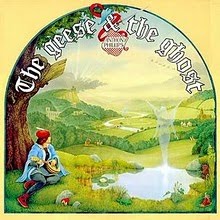



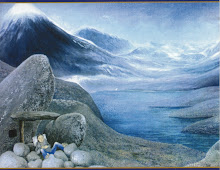

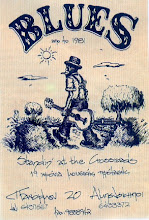

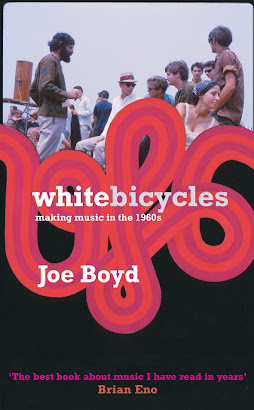
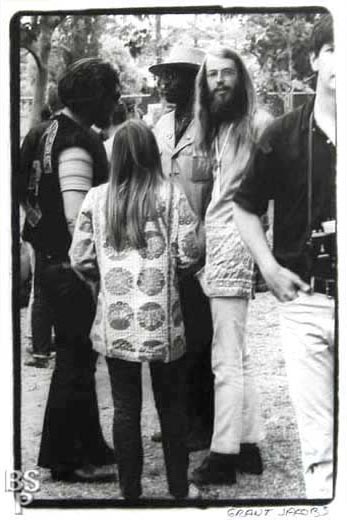
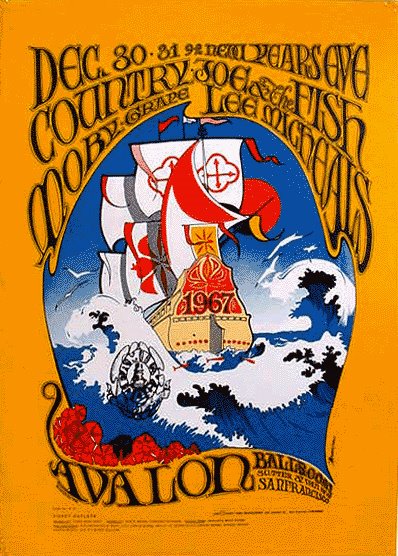
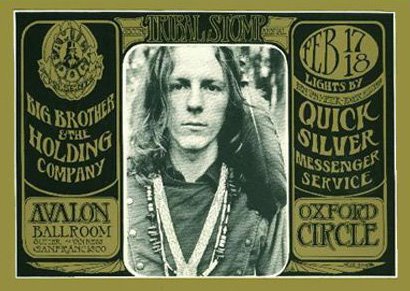
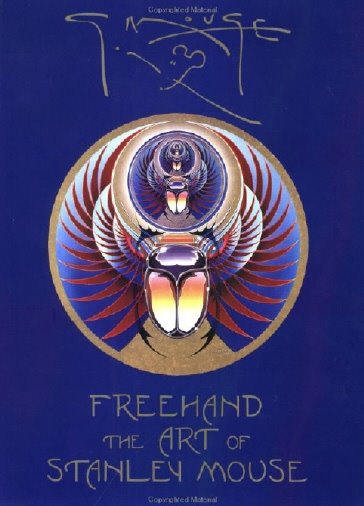.jpg)

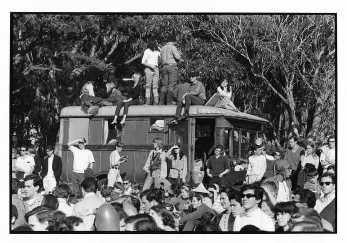




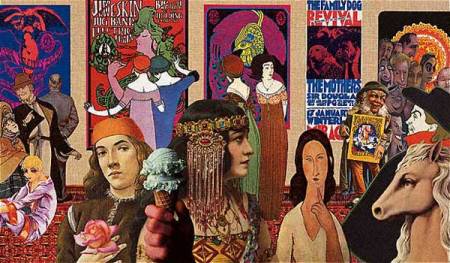.jpg)
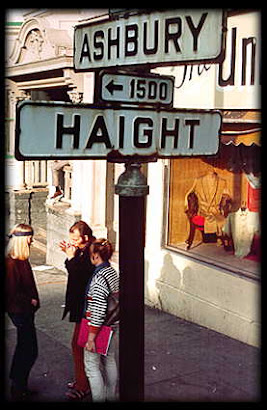
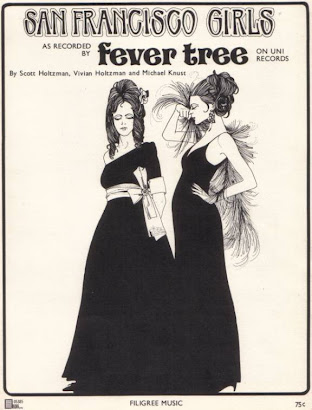
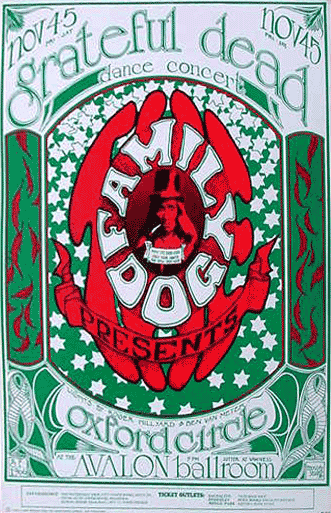
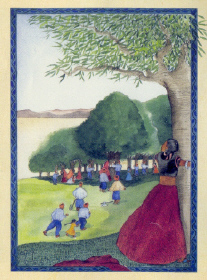
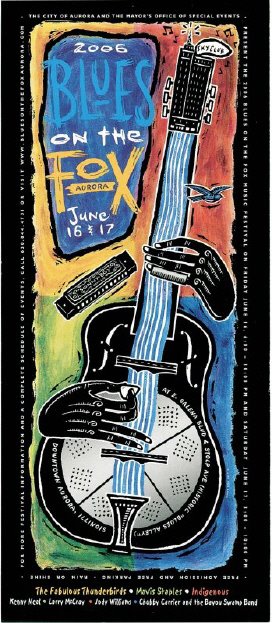












.jpg)














































































+-+cover.png)














.jpg)




































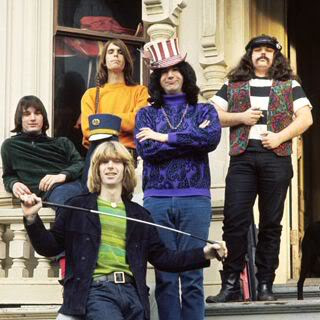






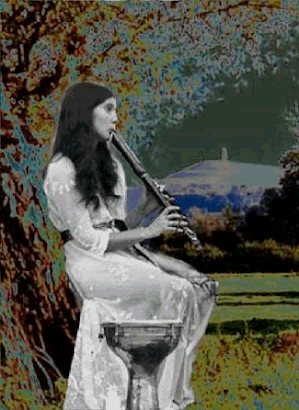












































.jpg)








3 σχόλια:
The link doesn't work......
the link was and its okay ,enjoy my friend , the unique history of the last St. kildans.....80 years ago!..A Lost Ancient Culture
merci pour cette excellente musique
http://archivesdufolk59-62.blogspot.com/
Δημοσίευση σχολίου